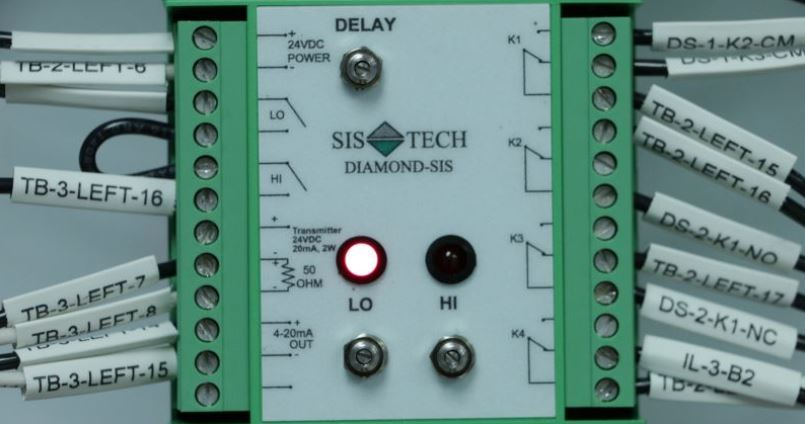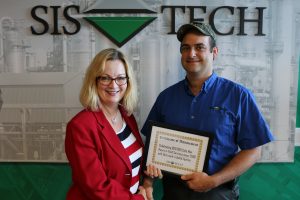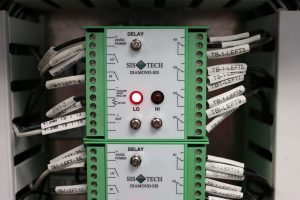SIS-TECH’s Diamond-SIS has recently completed the rigorous testing in the FM Approvals test lab to demonstrate the new design still meets the requirements for Class 1, Div 2 Groups A, B, C, D. With the addition of the isolated 4-20mA repeated output, configuring the Diamond-SIS in an existing marshaling cabinet in the field becomes much less arduous and does it with less space. Z-Purge no longer has to be considered and finding that extra 3 inches of din rail space to mount it on is not so rare anymore. SIS-TECH has recently increased orders to electrical supply houses that report “due to its versatility, compactness (size), and the fact that it can be mounted virtually anywhere on site” offering protection from the weather, “becomes the independent layer of protection of choice”.









